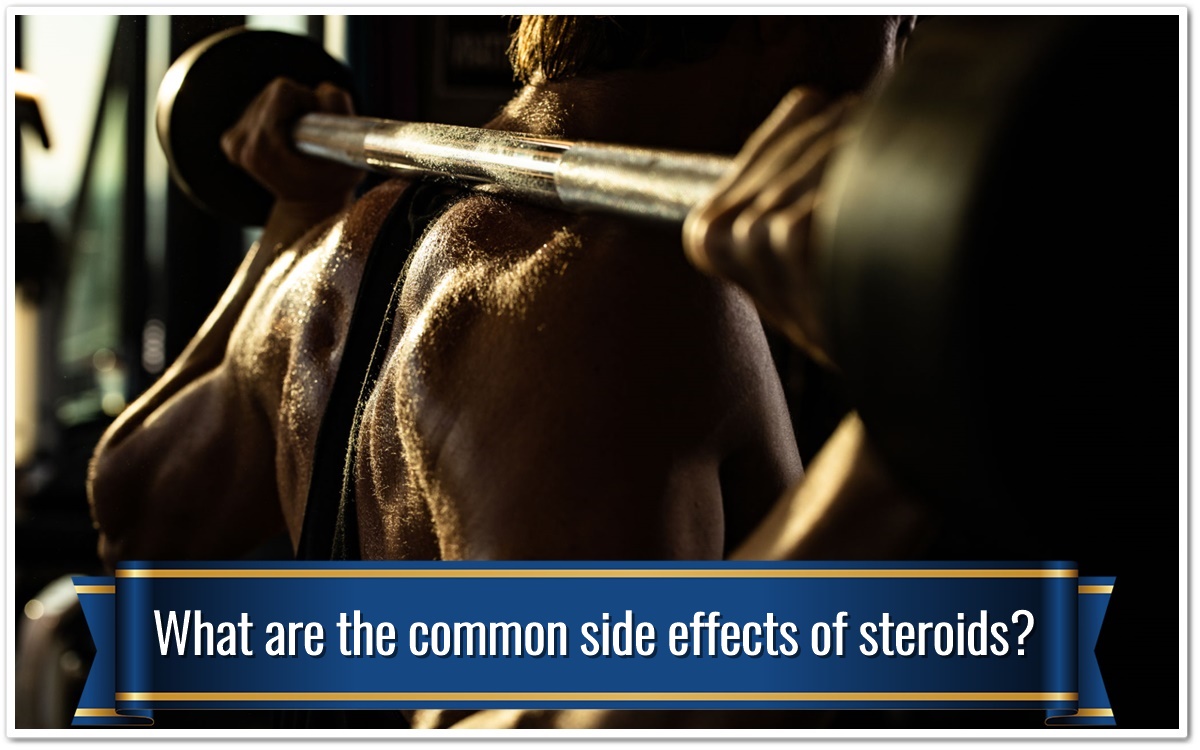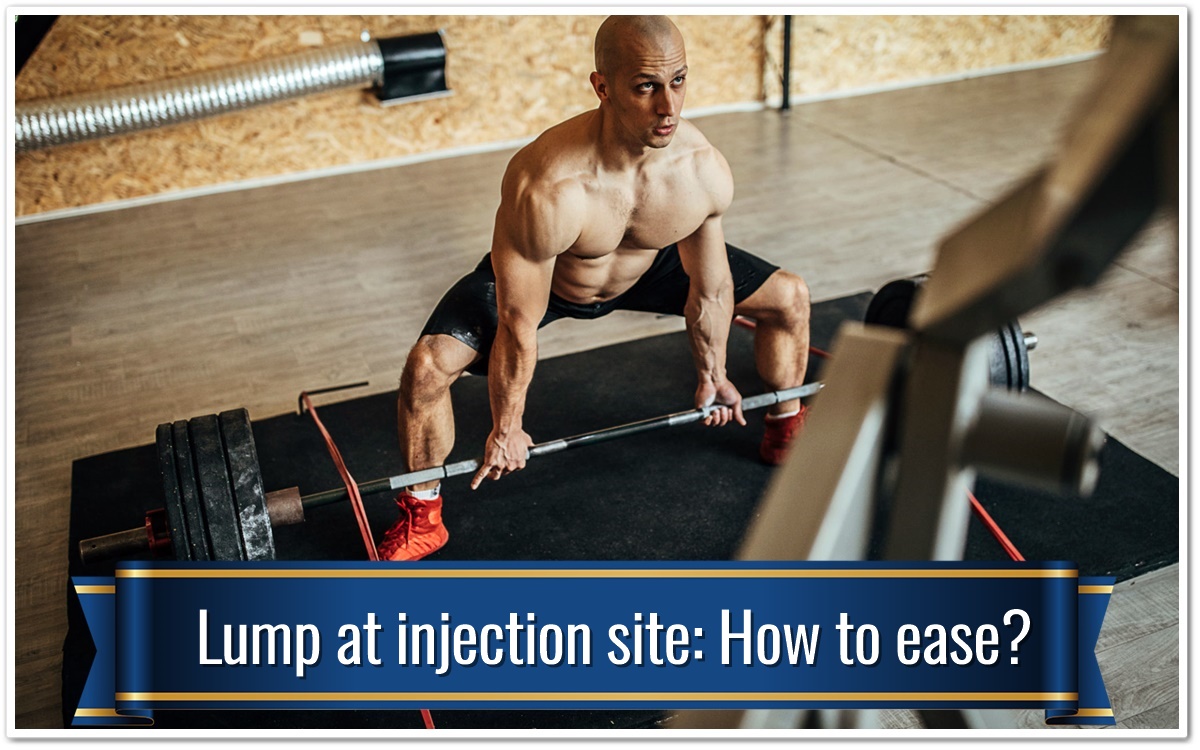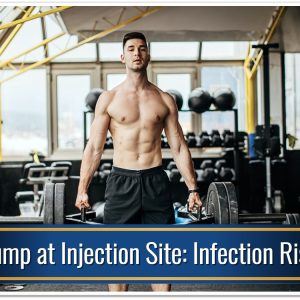Are injectable steroids really dangerous?
Injectable steroids are often thought of as being more dangerous than oral steroids. However, there is no evidence to support this claim. In fact, injectable steroids for bodybuilding are no more dangerous than oral steroids when used responsibly.
Sure, injectable steroids can cause side effects like acne and hair loss. But these side effects are rare when used responsibly. And they’re nothing compared to the serious health risks associated with other drugs like alcohol and tobacco.
Anabolic steroids are often used by bodybuilders and other athletes to improve performance and increase muscle mass. However, there are many health risks associated with the use of these drugs.
Injectable steroids can cause a number of severe health problems, including liver damage, high blood pressure, and an increased risk of heart attack and stroke. They can also cause psychological problems such as aggression and mood swings. In some cases, they can even lead to death.
When it comes to side effects, injectable steroids and oral steroids are both equally as dangerous. The only real difference is the way that they’re taken. Oral steroids have to go through your digestive system, which can cause some additional side effects like stomach pain and indigestion.
Injectable steroids are also more likely to cause infections at the injection site. If you’re not careful, you could end up with a serious infection that could land you in the hospital.
So, are injectable steroids really any more dangerous than oral steroids? The truth is, they’re both equally as dangerous and should be used with caution.
What are the common side effects of steroids?

Steroids are drugs that are used to build muscle and improve athletic performance. They are also sometimes used to treat medical conditions such as arthritis and asthma.
Anabolic steroids are drugs that are similar to the male hormone testosterone. They are often used by bodybuilders and other athletes to build muscle and increase strength.
Steroids are a class of drugs that are often used to treat a variety of medical conditions. While they can be effective in treating certain conditions, they also come with a range of potential side effects.
The most common side effects of steroids include weight gain, acne, increased risk of infection, and mood swings. Other less common side effects can include high blood pressure, liver damage, and kidney damage.
Steroids can be an effective treatment for some medical conditions, but they should be used with caution due to the potential for serious side effects.
Some common side effects of steroids include acne, hair loss, and liver damage. Steroids can also cause mood swings and irritability and may lead to aggressive behavior. In some cases, long-term use of steroids can lead to heart disease or stroke.
Steroids are a class of drugs that are available only by prescription. They are used to treat a variety of conditions, such as allergies, asthma, eczema, and arthritis. Steroids are also sometimes used to treat certain types of cancer.
If you are considering taking steroids, it is essential to speak with your doctor about the risks and potential side effects. Steroids should only be used under the supervision of a medical professional. Only a qualified medical professional can determine whether steroids are right for you.
Lump at injection site: Infection risk
Many bodybuilders who use steroids inject their muscles with the drugs. Some of them develop a lump at the injection site. This can be a sign of infection.
Bodybuilding is a physically demanding sport that requires athletes to put their bodies through intense workouts. This type of training can often lead to injuries, including infections.
One of the most common infection risks for bodybuilders is a lump at the injection site. This can happen when bacteria get into the body through a needle or syringe used for steroid injections. Symptoms of an infection include redness, pain, and swelling at the injection site.
If you have a lump at the injection site, it’s essential to see a doctor right away. Infection is a serious risk. If left untreated, it can lead to sepsis, which is a potentially life-threatening condition.
Bodybuilders who use steroids are at increased risk for developing infections. That’s because injecting steroids into muscles can damage the tissue and cause inflammation. If you have a lump at the injection site, don’t wait to see a doctor. Early treatment is essential to avoid serious complications.
If you suspect you have an infection, it’s important to see a doctor right away. If left untreated, infections can cause serious health problems.
Lump at injection site but no pain
In bodybuilding, steroids are commonly used to enhance performance. However, sometimes users will experience a lump at the injection site but no pain. This can be caused by a number of factors, including incorrect injection technique, dirty needles, or an infection.
A lump at the injection site is a common side effect of steroid use. However, it is usually not painful. If you are bodybuilding and using steroids, you may notice a lump at the injection site. This is because the steroids are causing the muscles to grow. The lump is simply extra muscle tissue. It is nothing to be concerned about and will go away.
A recent study found that bodybuilders who use steroids are more likely to have lumps at injection sites, even when they don’t experience pain.
The study, published in the journal, looked at a group of bodybuilders who use anabolic steroids. The researchers found that these bodybuilders were more likely to have lumps at their injection sites, even when they didn’t report any pain.
This is concerning because lumps can be a sign of infection or other problems. If you’re using steroids, be sure to check your injection sites regularly for any lumps or pain.
If you’re injecting steroids and you notice a lump at the injection site, don’t panic! It may not be anything serious. But if you’re concerned, consult your doctor to get peace of mind.
Lump at injection site: How to ease?

Steroids are a common topic in the world of bodybuilding. They are often used to improve athletic performance and increase muscle mass. However, steroids can also cause side effects, such as acne, hair loss, and mood swings. One less common side effect is a lump at the injection site.
If you develop a lump at the injection site, there are a few things you can do to ease the discomfort. First, apply a warm compress to the area for 10-15 minutes. This will help to reduce inflammation and pain. You can also take over-the-counter pain medications, such as ibuprofen or acetaminophen. If the lump is large or painful, you may need to see a doctor for further treatment.
In most cases, lumps at the injection site are not serious and will resolve on their own with home treatment.
Also, A lump at the injection site can be a side effect of bodybuilding with steroids. If the lump is large and painful, it may be necessary to see a doctor. However, there are some things that can be done at home to ease the pain and discomfort.
Applying a cold compress to the area can help reduce inflammation. Taking over-the-counter pain medication can also help manage pain. It is important to keep the area clean and dry, as infection can worsen the symptoms.
If the lump does not go away after a few days or if it becomes increasingly painful, it is important to see a doctor. Steroid use can cause serious side effects, so it is important to be aware of any changes in your body.
Lump at injection site: Causes
If you’re a bodybuilder who uses steroids, you may have experienced a lump at the injection site. But what causes this?
There are several reasons why you may get a lump at the injection site. The first is that the needle may not be inserted properly, causing the steroid to leak out under the skin. This can create a hard, raised area that’s painful to touch.
Another possibility is that an abscess has formed. This happens when bacteria gets into the injection site and causes an infection. The abscess will usually need to be drained by a doctor.
Finally, it’s also possible that the lump is simply a build-up of scar tissue from repeated injections in the same spot. This isn’t usually harmful, but it can be unsightly.
Summary and Conclusion
In conclusion, if you are considering injecting steroids, be aware of the risks. One possible complication is a lump at the injection site. If this occurs, it could be a sign of infection. If you experience any pain, redness, or swelling at the injection site, seek medical attention immediately.
